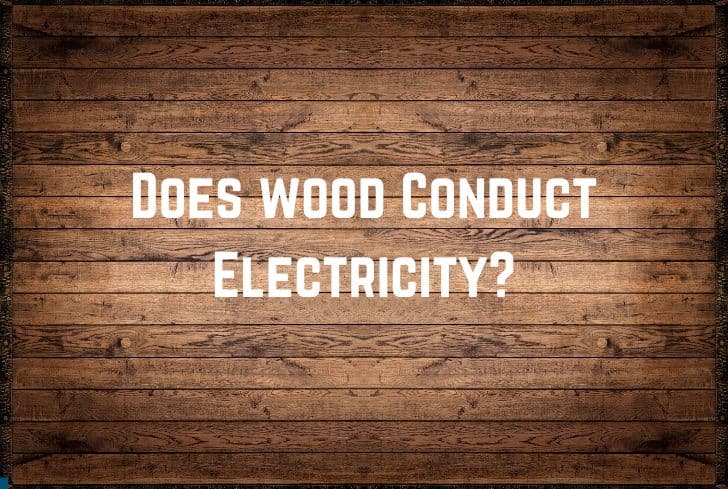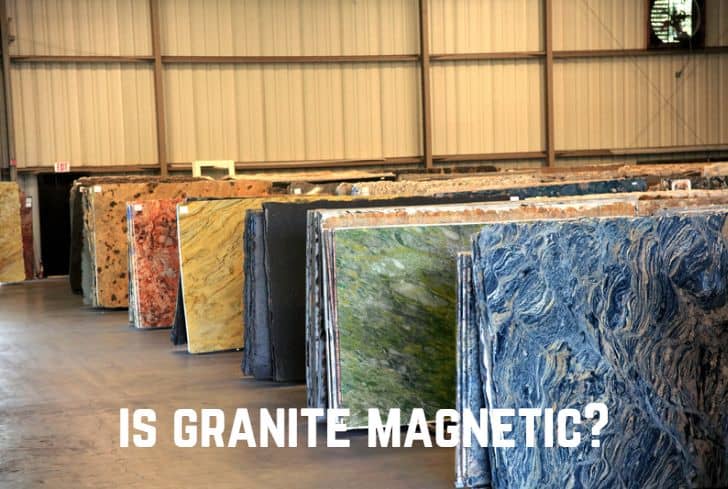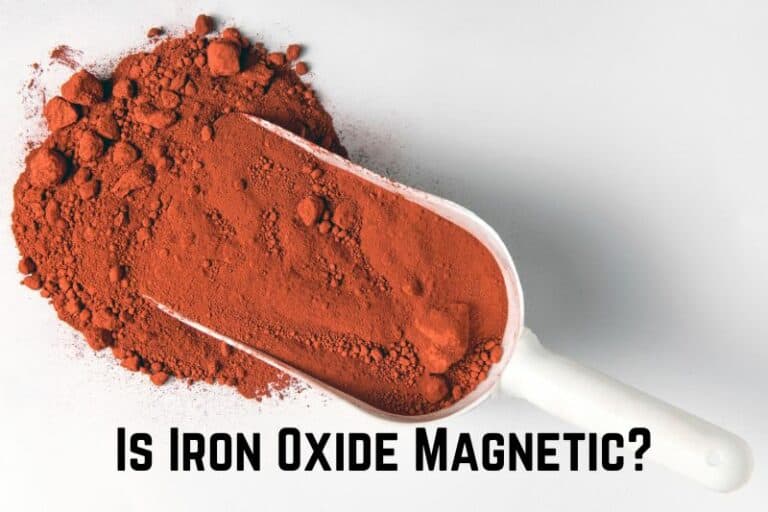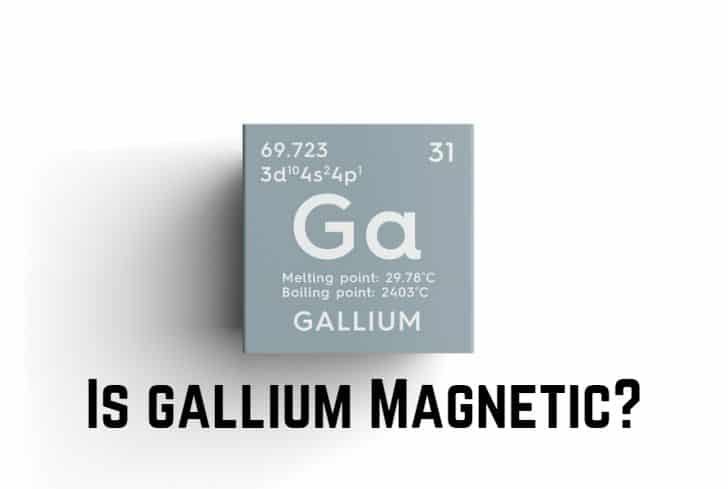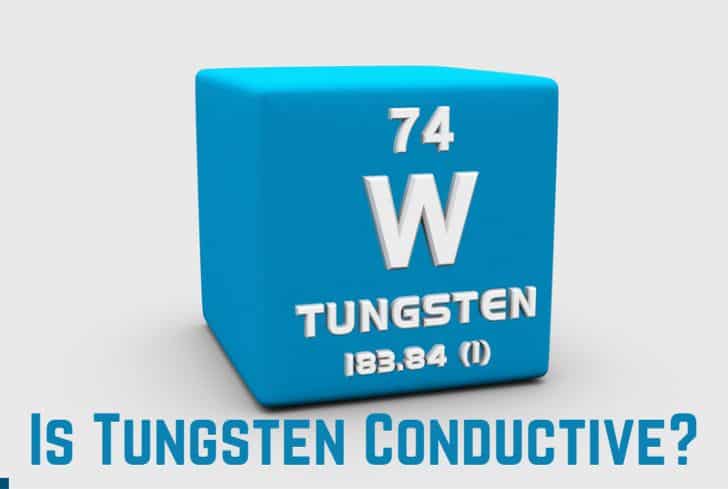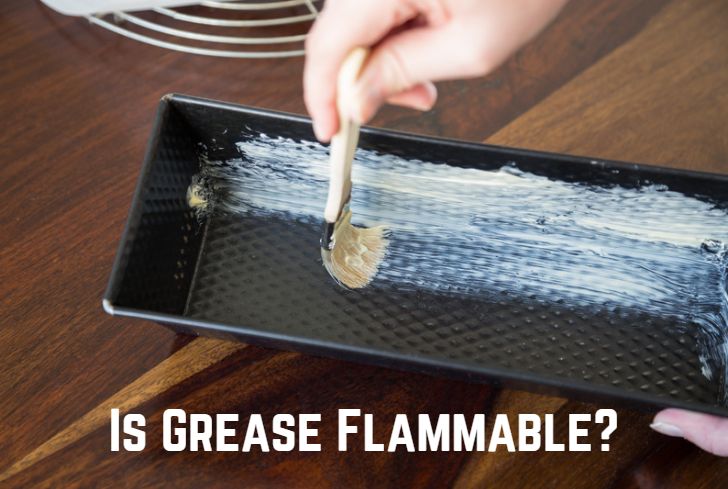Is Zinc Magnetic? (No. It’s Not)
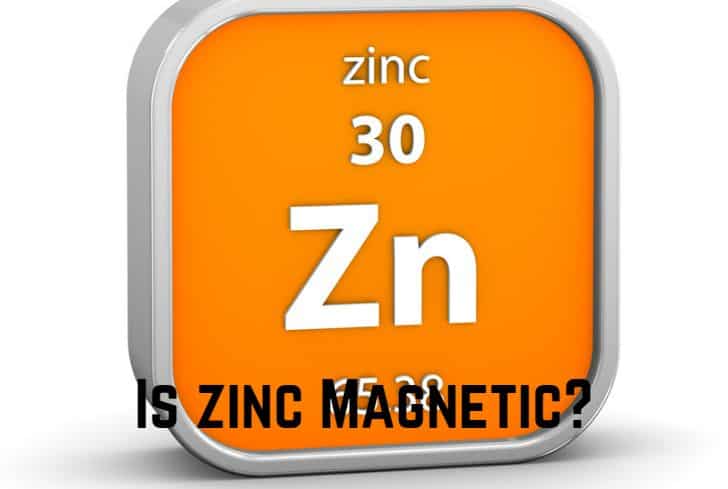
Zinc is a chemical element with the atomic number 30. It is the 24th most abundant mineral in the Earth’s crust and has five stable isotopes. Zinc was most likely named by the alchemist Paracelsus after the German word Zinke meaning “a prong’s spike/tooth”.
Have you ever wondered if zinc is magnetic? In this article, we are going to discuss just that. We will begin with the properties of zinc. Then we will talk about magnetism works, and its different forms like paramagnetism, ferromagnetism, etc. Finally, we will discuss how it relates to zinc.
Read: Is Gallium Magnetic?
Is Zinc a Magnetic Material?
No, zinc is not a magnetic material. Magnetism depends on a material having unpaired electrons, whose spin can extend their magnetic field. But zinc does not have unpaired electrons in the valence shell, so it is not attracted by a magnetic field.
Let us first try to learn what magnetism is. Magnetism is a force caused by the motion of electric charges. Every substance is made up of tiny units known as atoms. These atoms have electrons (particles that carry an electric charge) that circle the atom’s centre, called the nucleus.
In some substances like iron, the electron’s spin in the same direction. This allows their magnetic fields to combine and produces a magnetic field extending beyond the atoms. These objects are strongly magnetic.
However, in most substances, equal numbers of electrons spin in opposite directions. This cancels out their magnetism, and so they are said to be diamagnetic. These include things like paper, cloth, wood, etc. Zinc is also diamagnetic, meaning that it is repelled by a magnetic field.
Properties & Uses of Zinc
- Appearance & Physical Structure: Zinc is a bluish-white, lustrous metal, although most commercial specimens of the metal have a dull look. Zinc is a slightly brittle metal at room temperature that is somewhat less dense than iron. It has a hexagonal crystal structure with a unique form of hexagonal close packing; each atom has six nearest neighbours in its plane and six others at a greater distance.
- Melting & Boiling Points: Zinc has a melting 419.5 °C and a boiling point of 907 °C, both of which are rather low for a metal. The melting point is amongst the lowest of all d-block elements, so zinc is not considered a transition metal. Zinc is hard and brittle at most temperatures, but it becomes malleable between 100 and 150°C. Above 210°C, it becomes brittle again and can be pulverized (reduced to fine particles) by beating.
- Chemical Behaviour: Zinc is the first element of group 12 of the periodic table. In some ways, it is chemically similar to magnesium; both exhibit only one oxidation state (+2), and the Zn2+ and Mg2+ ions are of similar size. Five stable isotopes of zinc exist in nature, with 64Zn being the most abundant isotope.
- Occurrence & Extraction: As the 24th most abundant element, Zinc constitutes about 75 ppm (0.0075%) of the Earth’s crust. It is usually found in association with other base metals such as copper and lead in ores. Zinc is refined by the froth floatation of the ore, which is followed by roasting and then electrowinning (extraction using electricity).
- Biological Presence: Zinc is an essential trace element for all biological beings: humans, animals, and plants. For microorganisms, it is necessary for pre and postnatal development. Zinc is the only metal that exists in all enzyme classes, and it is also an essential nutrient element for coral growth. Zinc deficiency affects 2 billion people in the developing world and causes many diseases.
Zinc serves a wide range of purposes. Brass, an alloy of copper and zinc, has been used as early as the third millennium BC. The major application of zinc is the creation of corrosion-resistant plating for iron via hot-dip galvanization.
Other than that, it is used in electric batteries and small non-structural castings. A variety of zinc compounds have different uses: zinc carbonate works as a dietary supplement, zinc chloride is used in deodorants, and zinc sulfide makes luminescent paints.
Zinc is the primary metal in American pennies. It is also used in die casting in the automobile industry. Zinc is also part of most tablets, as it possesses anti-oxidant properties that prevent the ageing of skin and muscles.

Why is Zinc Not Magnetic?
Zinc is not magnetic because its electron configuration is such that it does not have unpaired electrons in its valence shell. Unpaired electrons are necessary for magnetism; without them, the overall spin of the electrons is cancelled out and the material becomes diamagnetic.
Zinc has an electron configuration of [Ar]3d104s2. Each electron orbital of the first three energy levels is filled. The 4s and 3d sub-levels are also completely occupied. So, the valence shell of zinc is filled. Therefore, zinc is diamagnetic.
Diamagnetic objects are those that do not have unpaired electrons and are not attracted to a magnetic field. Diamagnetism is a property found in all materials, but an object is called diamagnetic when this property is the only contribution to its magnetism.
Substances like iron are also diamagnetic. But their weak diamagnetic forces are overcome by the attractive force of magnetic dipoles. In most cases, diamagnetism is so weak that it can only be detected by special instruments. That is why, when you bring a magnet near a piece of zinc, you won’t see it get repelled—the repelling force is too weak.
Read: Is Pewter Magnetic?
Check out this video by Wayne Breslyn to see how zinc behaves around a magnet.
Can Zinc Become Magnetic?
No, zinc cannot become magnetic. There are mainly two ways of magnetizing an object: rubbing it against a permanent magnet or magnetizing it via electric current. However, neither of these is going to make zinc magnetic.
When a permanent magnet is rubbed against another magnetic material, the poles of the atoms in the material align according to the pole of the magnet. The aligned atoms now create a magnetic field.
The other way of magnetizing is by electricity. When you run an electric current through a magnetic object (like an iron nail) wrapped in a copper wire, then the object will magnetize. However, this only works for strong ferromagnetic materials.
Zinc cannot be magnetized in either of these ways as it is diamagnetic. Rubbing a diamagnetic material against a magnet does not do anything; it does not align the poles of the atoms because there are no unpaired electrons.
The second method is also not much of use because there will only be a slight magnetic field caused by electricity, and even that will vanish as soon as you stop the flow of the electric current.
Is Zinc Oxide Magnetic?
The magnetic property of zinc oxide is slightly ambiguous. If doped with magnetic impurities, ZnO can become ferromagnetic at room temperature. One study suggests that it is possible to do so even without doping; instead, they alter the electronic configuration of the material.
Zinc oxide is an inorganic compound with the formula ZnO. It is a white powder that is insoluble in water, and it is used as an additive in numerous products like cosmetics, rubbers, ceramics, etc.
When doped with 1-10% magnetic ions (Mn, Fe, V, etc.), ZnO can become ferromagnetic even at room temperature. This has been observed in Mn: ZnO, but it is not clear whether the magnetism originates from the matrix itself or secondary oxide phases.
A recent study suggests that even without doping, it might be possible to create ferromagnetic behaviour in zinc. They achieve this by an alteration of the electronic configuration, and you can read more about it here.
Different Extents of Magnetism (Paramagnetic, Ferromagnetic, and Ferrites)
Materials that are not attracted by a magnetic field are known as diamagnetic materials. Other than these, magnetic objects can be of three types: paramagnetic, ferromagnetic, and ferrites.
Diamagnetic materials are not attracted by magnets because they have no unpaired electrons in their valence shells. As such, the electron’s spin in the opposite direction, cancelling out their magnetism.
In other objects, however, unpaired electrons spin in the same direction, which creates a magnetic field. There are three types of such magnetic objects:
- Ferromagnetic objects are those that are strongly attracted to a magnet. These include iron, steel, nickel, etc.
- Paramagnetic objects are those that are weakly attracted to a magnet. These include things like aluminium, tin, etc.
- Between these two categories like ferrites. These have greater magnetic qualities than paramagnetic objects but lesser than ferromagnetic objects. Examples include ceramic magnets.
So, some objects are magnetic while others are not. Within magnetic objects, there are three levels of classification, depending on the force of attraction.
Read: Is 14k Gold Magnetic?
Conclusion
In this article, we looked at the magnetism of zinc. We began with the metal’s properties and some of its uses. Then we looked at how magnetism works and the different forms of magnetism (ferromagnetism, paramagnetism, and ferrites). Finally, we saw why zinc is a diamagnetic object (which repels a magnetic field) due to the lack of unpaired electrons.

